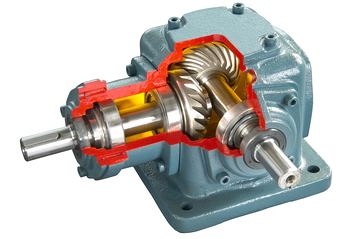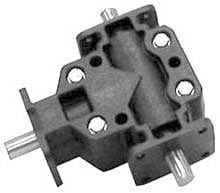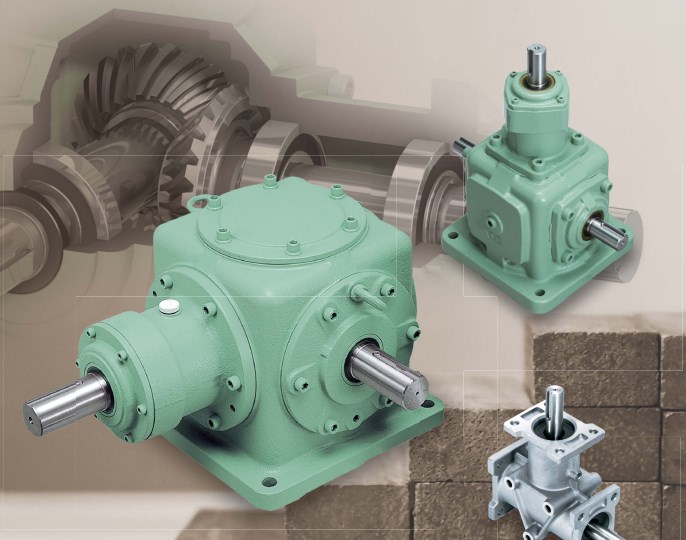Product Description
Automatic Transmission European Standard Type a B Forging Spiral Sintered Metal Straight Helical 90 Degree Differential Miter Bevel Gear
| Application: | Motor, Electric Cars, Motorcycle, Machinery, Marine, Toy, Agricultural Machinery, Car |
|---|---|
| Hardness: | Hardened Tooth Surface |
| Gear Position: | Internal Gear |
| Manufacturing Method: | Rolling Gear |
| Toothed Portion Shape: | Spur Gear |
| Material: | Stainless Steel |
| Samples: |
US$ 9999/Piece
1 Piece(Min.Order) | |
|---|

Performance of Miter Gearboxes in Applications Requiring Precise Angle Changes
Miter gearboxes excel in applications that demand precise angle changes in motion transmission. Their ability to efficiently and accurately redirect rotational motion by 90 degrees makes them ideal for tasks where precise angular positioning is essential. Industries such as robotics, automation, machinery, and manufacturing often utilize miter gearboxes to achieve accurate and repeatable angular changes, ensuring proper alignment and movement of components. The compact and space-saving design of miter gearboxes further enhances their suitability for applications that require tight spatial constraints and precise motion control.

Proper Installation and Alignment of Miter Gearboxes:
Installing and aligning a miter gearbox correctly is crucial to ensure optimal performance and longevity. Here’s a step-by-step guide on how to do it:
- Preparation: Gather all the necessary tools and equipment for the installation, including mounting hardware, shims, and measuring instruments.
- Positioning: Place the miter gearbox in the desired location, ensuring that it is level and securely supported. Use appropriate mounting brackets or plates to secure the gearbox to the mounting surface.
- Shaft Alignment: Align the input and output shafts of the miter gearbox with the shafts of the connected equipment. Check that the shafts are parallel and collinear for proper alignment.
- Check Tolerance: Measure the axial and radial alignment tolerances between the gearbox and connected equipment. Use precision measuring tools such as dial indicators or laser alignment systems to ensure accurate measurements.
- Adjustment: If alignment tolerances are not within the specified range, make necessary adjustments using shims or other alignment techniques. Gradually add or remove shims as needed to achieve proper alignment.
- Bolt Tightening: Once the miter gearbox is properly aligned, gradually tighten the mounting bolts or fasteners in a crisscross pattern to evenly distribute the load. Use the recommended torque specifications provided by the gearbox manufacturer.
- Lubrication: Apply the recommended lubricant to the gearbox according to the manufacturer’s guidelines. Proper lubrication is essential for minimizing friction and ensuring smooth operation.
- Testing: Before fully operating the system, perform a test run of the miter gearbox to ensure that it operates smoothly and without any abnormal vibrations or noise.
- Final Checks: Double-check the alignment, bolt tightness, and lubrication after the test run. Make any necessary adjustments before putting the system into full operation.
Proper installation and alignment are critical for maximizing the efficiency, reliability, and lifespan of miter gearboxes. Following these steps and consulting the manufacturer’s guidelines will help ensure optimal performance of the gearbox and the entire mechanical system.

Transmission of Motion in Miter Gearboxes
Miter gearboxes transmit motion at an angle between intersecting shafts through the use of bevel gears with perpendicular axes. These bevel gears have teeth that are cut at a 45-degree angle to the gear’s face and mesh with each other. When one bevel gear is rotated, its teeth engage with the teeth of the other bevel gear, resulting in torque transfer and motion redirection at a 90-degree angle.
As the input shaft turns the first bevel gear, its teeth push against the teeth of the second bevel gear. This interaction causes the second bevel gear to rotate around its perpendicular axis, transferring motion to the output shaft. The gear ratio and the number of teeth on each gear determine the speed and torque characteristics of the transmitted motion.
Due to their ability to redirect motion while maintaining efficient power transmission, miter gearboxes are commonly used in applications where a change in direction is necessary, such as in steering systems, printing machinery, and other mechanical systems requiring precise angular alignment.


editor by CX 2023-11-28